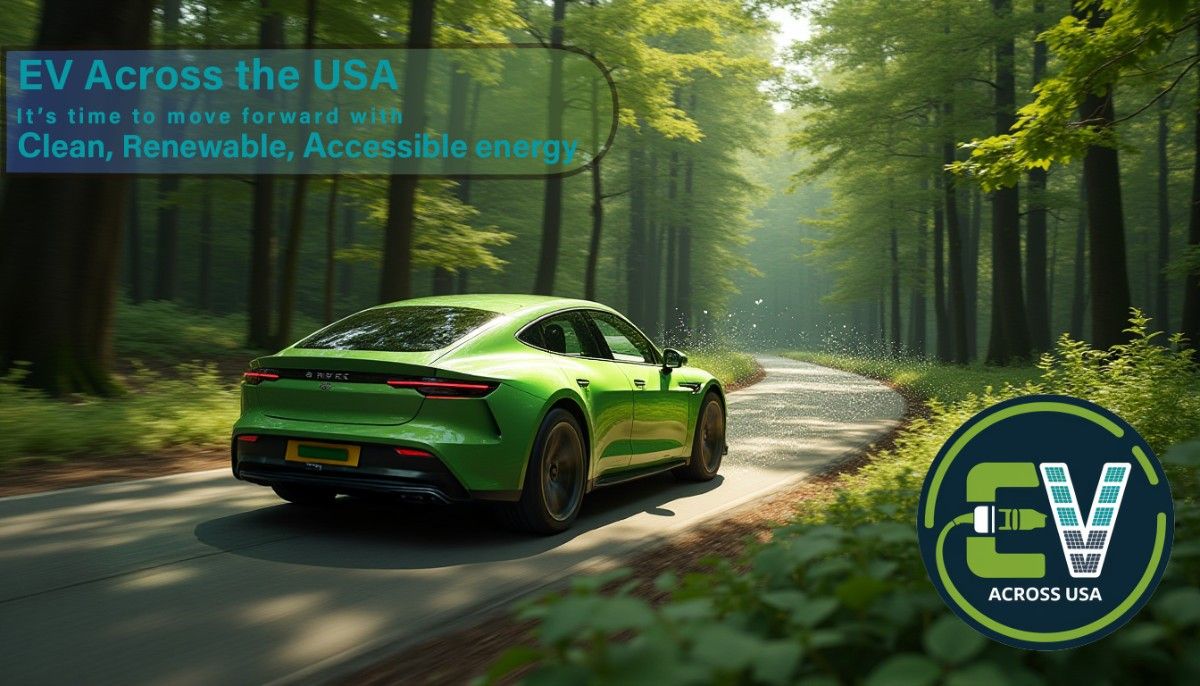Most fleet operators think they have to choose between expensive compliance and expensive innovation… until they see the real numbers behind both paths.
The trucking industry stands at a critical crossroads. With the EPA's Phase 3 greenhouse gas regulations taking effect in 2027, fleet operators face a decision that will define their operations for the next decade: invest in 2027-compliant diesel technology or make the leap to electric trucks?
This isn't just about regulatory compliance: it's about the future profitability, sustainability, and competitiveness of your fleet. Let's break down the real costs, benefits, and strategic considerations of each pathway.
Understanding the 2027 Diesel Regulations
The EPA's new standards represent the most significant emissions reduction requirements in trucking history. Starting in 2027, diesel trucks must achieve an 82.5% reduction in NOx emissions, dropping from the current 200 milligrams per horsepower-hour to just 35 mg/horsepower-hour, with only 10 mg/horsepower-hour at idle.
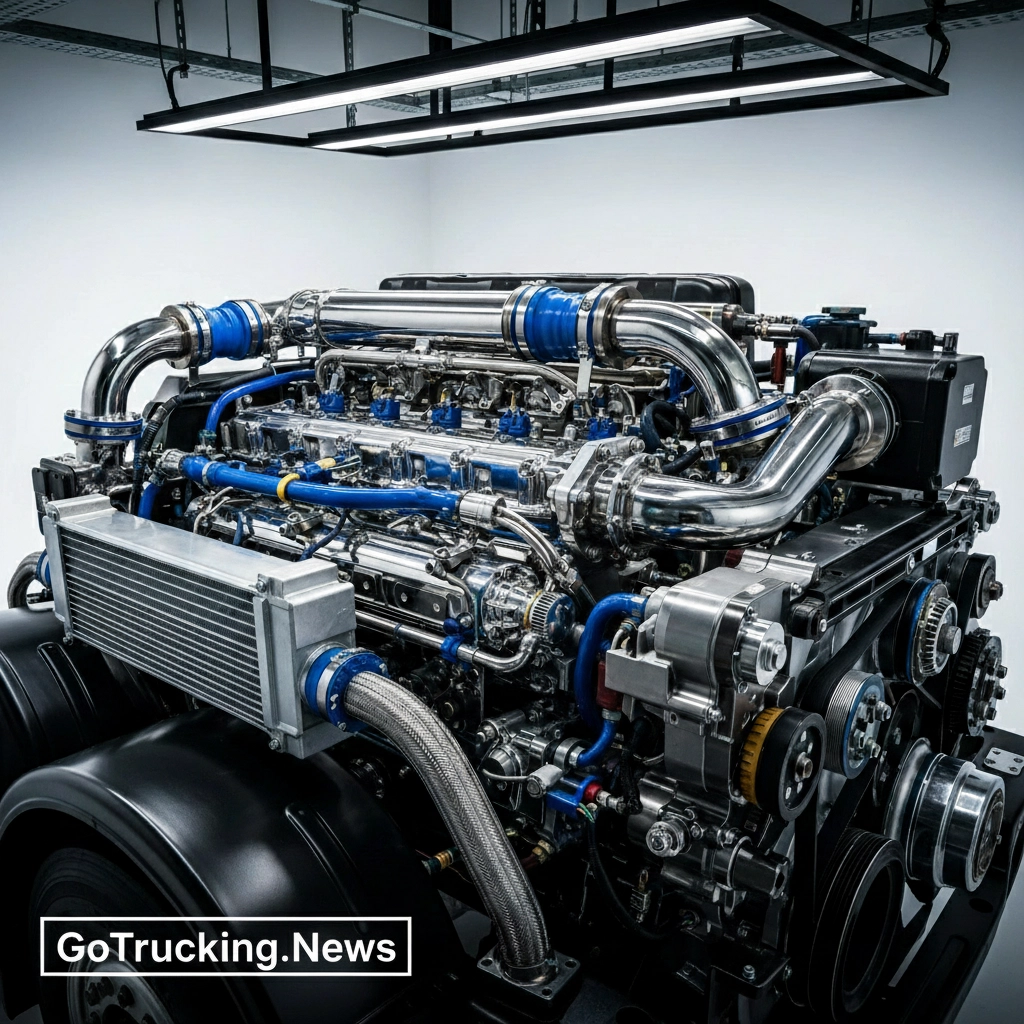
These regulations aren't just numbers on paper. Manufacturers have been redesigning aftertreatment systems from the ground up, implementing enhanced selective catalytic reduction (SCR) technology, optimized temperature management, and completely new diesel engine oil categories. The good news? Compliant engines will be available by early 2026, ensuring supply chain continuity.
What This Means for Your Fleet:
- Significantly cleaner diesel operations
- Proven technology with established infrastructure
- Familiar maintenance procedures and technician expertise
- Continued fuel availability nationwide
However, 2027-compliant diesel trucks still produce greenhouse gas emissions and don't eliminate harmful tailpipe pollutants entirely. They're cleaner, but not clean.
The Electric Truck Alternative
Electric trucks offer a fundamentally different value proposition. Despite higher upfront costs, they deliver substantial long-term economic benefits through dramatically reduced operational expenses.
The Numbers That Matter:
- 50% lower fuel costs compared to diesel
- 60% reduction in scheduled maintenance
- 95%+ uptime vs. 88-92% for diesel trucks
- Zero tailpipe emissions
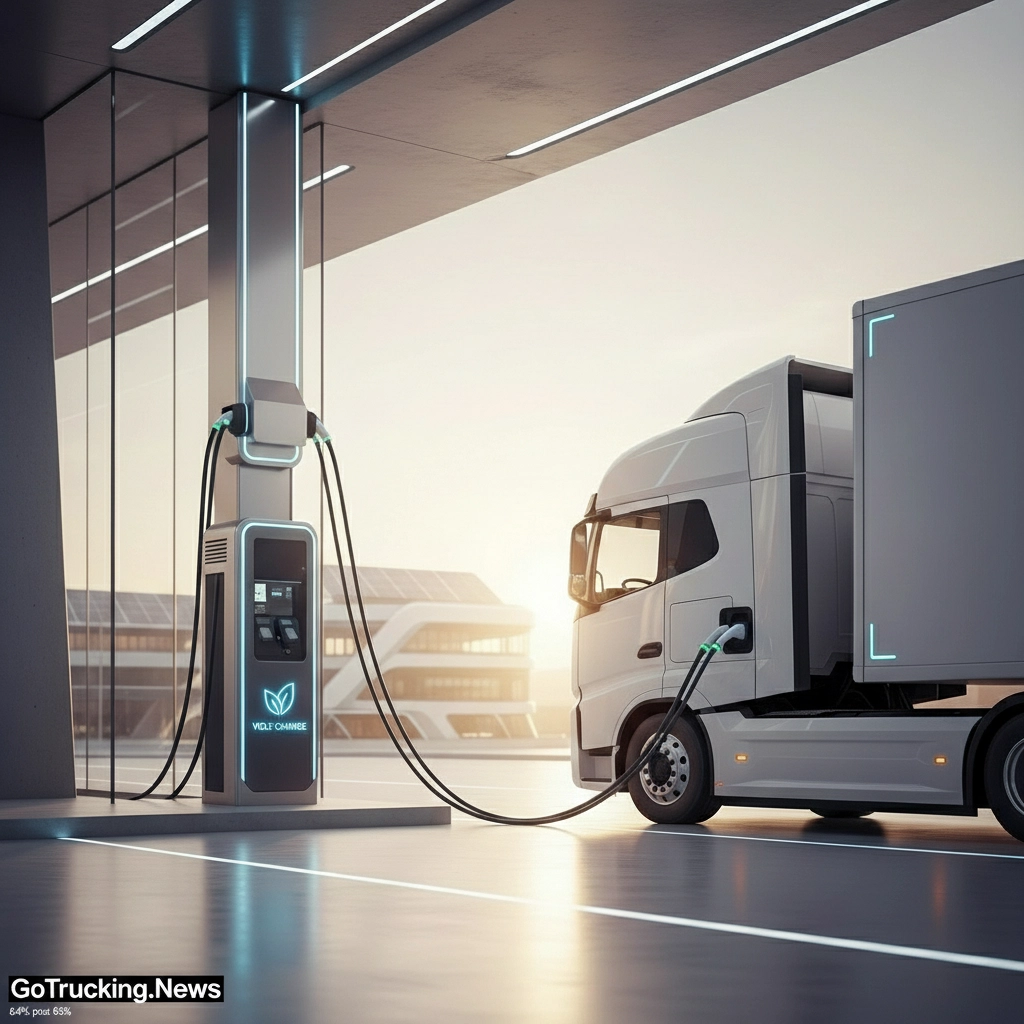
Battery technology continues improving while costs decline. Federal incentives through the Inflation Reduction Act and Bipartisan Infrastructure Law provide significant financial support, including tax credits and grants that can substantially offset initial purchase premiums.
The challenge? Infrastructure development remains uneven, and electric trucks may not suit all operational profiles: yet.
Head-to-Head Comparison: The Real Costs
| Category | 2027-Compliant Diesel | Electric Trucks |
|---|---|---|
| Purchase Price | $150,000 – $180,000 | $200,000 – $350,000 |
| Annual Fuel Costs | $35,000 – $50,000 | $15,000 – $25,000 |
| Maintenance (Annual) | $12,000 – $18,000 | $5,000 – $8,000 |
| Downtime | 8-12% annually | <5% annually |
| Federal Incentives | Minimal | Up to $40,000 tax credit |
| 10-Year TCO | $380,000 – $450,000 | $320,000 – $400,000 |
The total cost of ownership calculation reveals electric trucks' long-term advantage despite higher initial investment. Over a typical 10-year lifecycle, electric trucks can save $60,000 to $100,000 per vehicle.
Environmental and Regulatory Considerations
Environmental performance represents a stark difference between these pathways. While 2027-compliant diesel trucks achieve significant emissions reductions, they can't match electric trucks' zero-emission profile.
2027 Diesel Environmental Impact:
- 82.5% NOx reduction
- 50% particulate matter reduction
- 32-62% greenhouse gas reduction (vocational trucks)
- 9-40% greenhouse gas reduction (tractor-trailers)
Electric Truck Environmental Impact:
- 100% elimination of tailpipe emissions
- Zero NOx and particulate matter at point of use
- Significant greenhouse gas reduction (depends on grid electricity source)
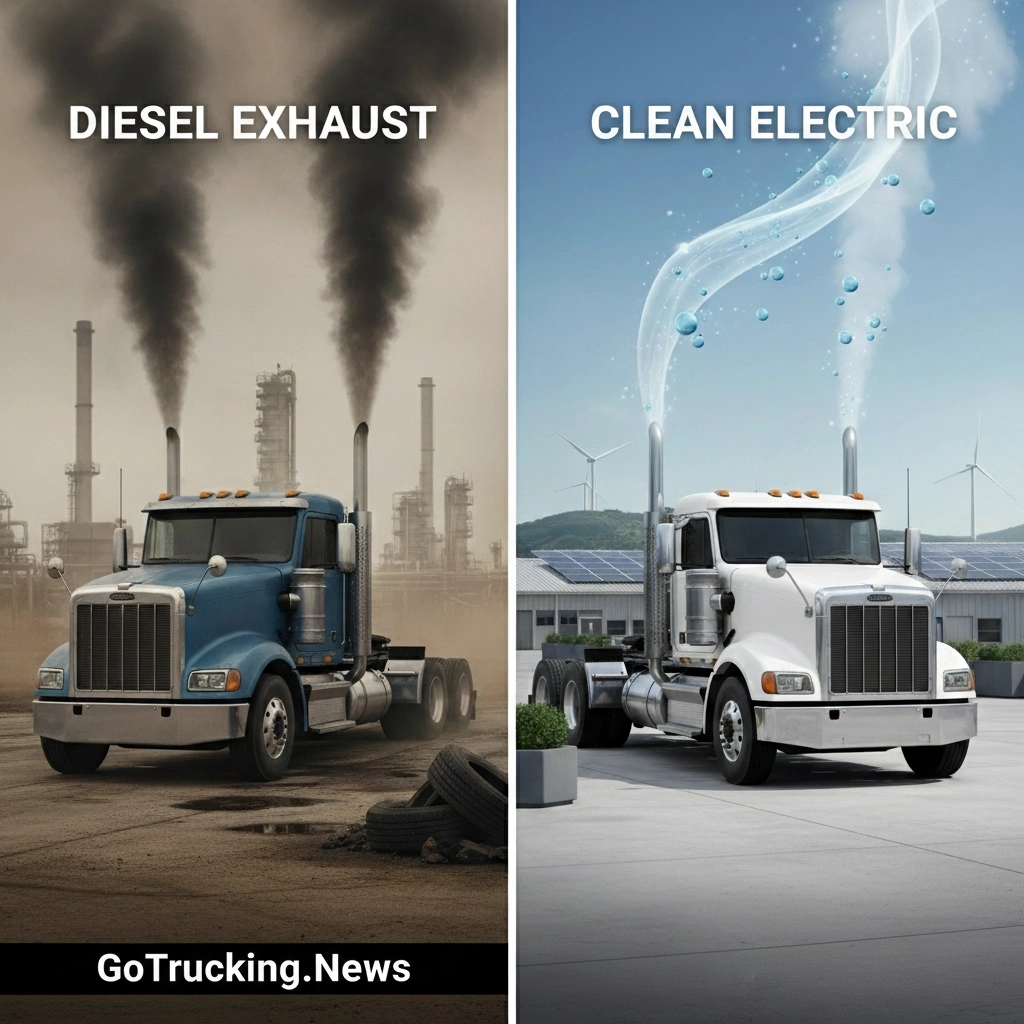
For fleets operating in urban areas or environmentally sensitive regions, the emissions advantage of electric trucks extends beyond compliance to community relations and brand reputation benefits.
Infrastructure Reality Check
The infrastructure question significantly impacts deployment strategies. Diesel refueling infrastructure is ubiquitous and mature, while electric charging networks for heavy-duty vehicles remain limited, particularly for long-haul operations.
Current Electric Charging Infrastructure:
- Over 1,000 public DC fast charging sites for heavy-duty trucks
- Concentrated primarily in California, Texas, and Northeast corridors
- Rapid expansion planned through federal funding programs
- Private fleet depot charging increasingly viable for fixed-route operations
Fleet operators must honestly assess their operational requirements against available infrastructure. Urban and regional operations have significantly better electric charging access than long-haul routes.
Strategic Recommendations by Fleet Type
Urban Delivery and Regional Operations
Winner: Electric Trucks
For light-heavy-duty trucks (Classes 3-5) operating predictable routes under 200 miles daily, electric trucks offer the strongest business case. Lower operational costs, higher reliability, and growing charging infrastructure make this the optimal choice for package delivery, food service, and local distribution operations.
Long-Haul Trucking Operations
Winner: 2027-Compliant Diesel (For Now)
Cross-country operations still favor diesel technology due to infrastructure limitations and range requirements. However, monitor electric truck developments closely: battery technology and charging networks are advancing rapidly, and this recommendation may shift within 3-5 years.
Mixed Fleet Operations
Winner: Hybrid Strategy
Deploy electric trucks for fixed routes and urban operations while maintaining compliant diesel trucks for variable and long-haul routes. This approach maximizes operational efficiency while hedging against technology and infrastructure uncertainties.
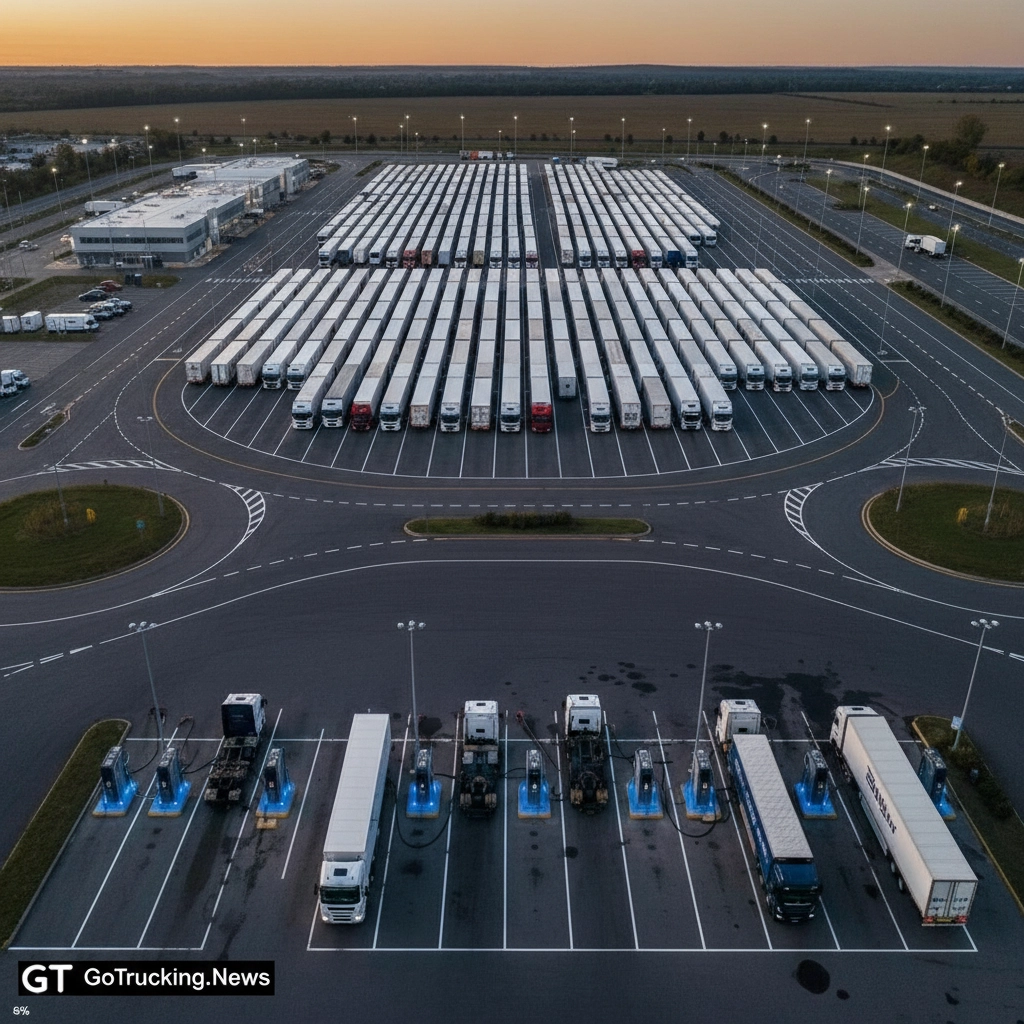
Timeline and Market Projections
The EPA's Phase 3 regulations are expected to drive significant electric truck adoption, with projections showing 130,000-160,000 additional electric light-heavy-duty trucks deployed between 2027-2032. For Classes 6-8, deployment could range from 50,000 to 170,000 additional electric trucks, depending on manufacturer strategies.
However, manufacturers retain compliance flexibility through diesel efficiency improvements, potentially reducing electrification pressure below EPA intentions.
Making Your Decision
The choice between 2027-compliant diesel and electric trucks isn't binary: it's strategic. Consider these decision factors:
Choose Electric Trucks If:
- Your operations are primarily urban/regional
- You have predictable routes under 300 miles
- Environmental leadership is a business priority
- You can access charging infrastructure
- Federal incentives offset upfront costs
Choose 2027-Compliant Diesel If:
- You operate long-haul routes
- Your operations require maximum flexibility
- Charging infrastructure is unavailable in your markets
- Cash flow constraints limit capital investment
- You need immediate vehicle replacement
Consider a Hybrid Approach If:
- You operate diverse route profiles
- You want to hedge technology risks
- You're building long-term fleet replacement strategies
- You want to optimize costs across different operations
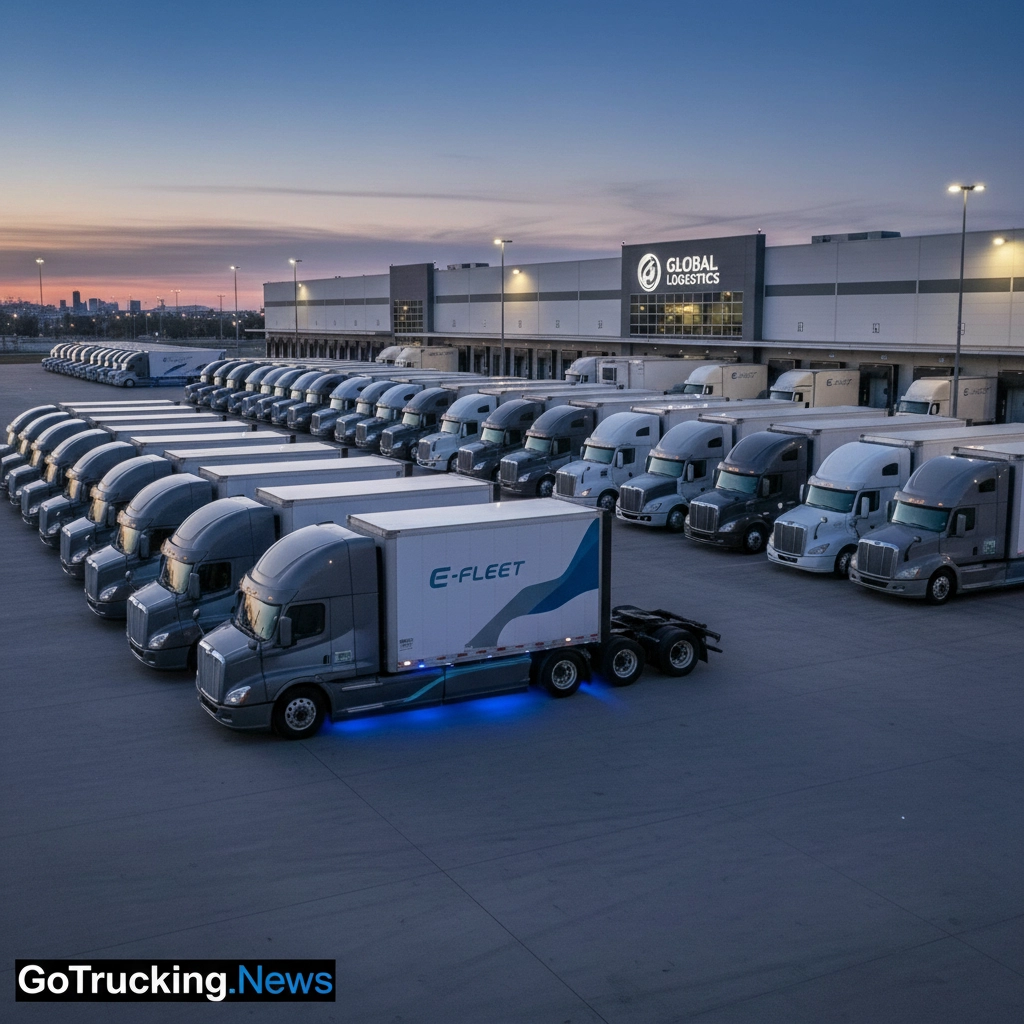
The Bottom Line
Both 2027-compliant diesel trucks and electric trucks offer viable paths forward, but the optimal choice depends on your specific operational requirements, financial position, and strategic objectives. Electric trucks provide superior long-term economics and environmental benefits for suitable applications, while compliant diesel technology offers proven performance and operational flexibility.
The trucking industry's future is electric, but the transition timeline varies by fleet type and operation. Smart operators are positioning themselves to capture the benefits of both technologies during this transition period.
Ready to evaluate which path is right for your fleet? Our transportation experts can help you analyze your specific operations and develop a strategic vehicle acquisition plan that maximizes your competitive advantage.
Contact GoTrucking.News today for personalized fleet electrification consulting:
📧 Email: info@GoTrucking.News
📞 Phone: +1 970-671-7787
🌐 Website: GoTrucking.News
Connect with us on social media for daily trucking industry insights:
Trending Hashtags: #FleetManagement #ElectricTrucks #DieselRegulations #TruckingIndustry #Transportation #FleetElectrification #EPA2027 #TruckingTechnology #SustainableTransport #FleetOperations
Keywords: 2027 diesel regulations, electric trucks, fleet management, trucking industry compliance, transportation electrification, fleet total cost of ownership

